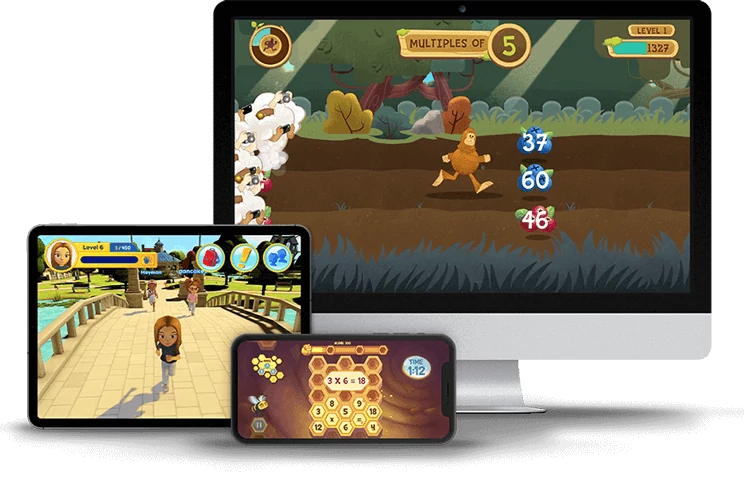EdTech for All: Ensuring Inclusivity in Special Education Technology
In the ever-evolving landscape of education, technology plays a pivotal role in shaping learning experiences. This is particularly true in the realm of special education, where the need for inclusive and accessible Educational Technology (EdTech) is paramount. Inclusivity in EdTech ensures that learners with diverse needs have equal opportunities to thrive. This blog explores the strides made in inclusive EdTech for special education, highlighting notable case studies and examining the challenges and future directions of this vital field.
The Need for Inclusive EdTech in Special Education
Students in special education exhibit a wide range of learning needs, from physical and cognitive disabilities to learning and language difficulties. Traditional educational methods may not always address these diverse requirements effectively. EdTech, with its capacity for customization and adaptability, has the potential to bridge these gaps, offering tools and resources that cater to individual learning styles and needs.
Successful Models of Inclusive EdTech
Several companies have set benchmarks in creating inclusive EdTech tools:
- AssistiveWare has gained recognition for its communication apps like Proloquo2Go, which provide a voice for non-verbal learners, facilitating communication and interaction in educational settings.
- Don Johnston Inc offers a range of software and tools designed to assist students with dyslexia and other learning challenges, enabling them to engage more effectively with the curriculum.
These examples demonstrate how targeted technology can significantly enhance the learning experience for students with special needs.
Innovative Technologies in Inclusive EdTech
Innovation is at the heart of inclusive EdTech. New technologies are continually being developed to support learners with special needs:
- Clicker 8 by Crick Software is an acclaimed writing support tool that aids students with various special needs in expressing their thoughts and ideas.
- Texthelp offers an array of software solutions to support reading, writing, and language learning, accommodating students with a variety of learning difficulties.
These technologies not only support learning but also empower students with the confidence to participate fully in their education.
Challenges in Implementing Inclusive EdTech
Despite these advancements, challenges in integrating inclusive EdTech persist. Budget constraints, limited awareness of available technologies, and gaps in teacher training often hinder the widespread adoption of these tools. Overcoming these obstacles requires a concerted effort from educators, policymakers, and technology developers to ensure that all students have access to the tools they need.
Henesys Studio's Role in Inclusive Special Education EdTech
Henesys Studio has emerged as a committed player in developing inclusive EdTech solutions. With a focus on creating software that is accessible and user-friendly, Henesys Studio tailors its products to meet the specific needs of learners in special education. By collaborating closely with educators and specialists, Henesys Studio ensures that its technologies are not only innovative but also practical and effective in real-world educational settings.
The Impact of Inclusive EdTech on Special Education
The introduction of inclusive EdTech has had a transformative impact on special education. These tools have opened up new avenues for learning and communication, enabling students with special needs to achieve their full potential. For instance, technologies like speech-to-text software have allowed students with physical disabilities to engage with digital content more independently.
The Future of Inclusive EdTech in Special Education
Looking ahead, the future of inclusive EdTech in special education is promising. Emerging trends such as artificial intelligence (AI) and virtual reality (VR) hold the potential to further personalize learning experiences, making education even more accessible. As technology continues to evolve, so too will the opportunities for learners with special needs.
Conclusion
The journey toward fully inclusive EdTech in special education is ongoing. While significant progress has been made, there is still much work to be done to ensure that every student has access to the tools they need to succeed. Educators, technology developers, and policymakers must continue to collaborate and innovate to make inclusive education a reality for all students.
Inclusive EdTech is not just a technological advancement; it is a step towards a more equitable and empowered society. By prioritizing and investing in these tools, we can ensure that every learner has the opportunity to excel in an increasingly digital world.
Closing Note
As we move forward, let us continue to champion the cause of inclusive EdTech. Companies like Henesys Studio are at the forefront of this change, striving to create technologies that open doors for all learners. Together, we can build a future where educational technology is a bridge, not a barrier, to learning for every student.






0 Comments